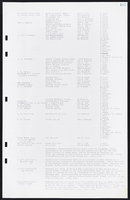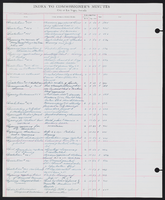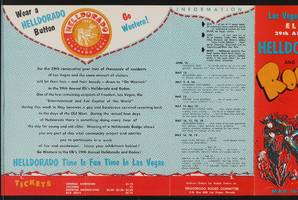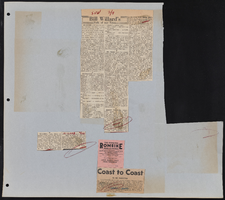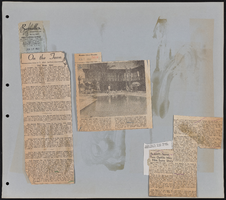Search the Special Collections and Archives Portal
Search Results
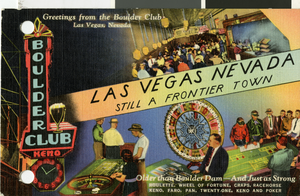
Film transparency of a Boulder Club poster, Las Vegas, circa 1930-1950s
Date
1930 to 1959
Archival Collection
Description
Graphic image of a poster from the Boulder Club and Dam Service that says "Las Vegas Nevada Still a Frontier Town."
Image
Seagrave, Jim, 1939-
Jim Seagrave has worked in various gaming establishments in Las Vgeas, Nevada. Positions he has held include Publicity Director at the Frontier Hotel, Publicity Director for the Stardust Hotel, and Vice President of Advertising at The Orleans.
Person
Brymer, William, 1916-
William "Bill" Brymer was born on October 14, 1916 in Cambria, Illinois. Brymer moved to Las Vegas, Nevada on July 05, 1942. He eventually married in Las Vegas and had two children. Brymer worked as a craps dealer at the Frontier Club in Downtown Las Vegas and also at the Last Frontier on the Las Vegas Strip.
Person
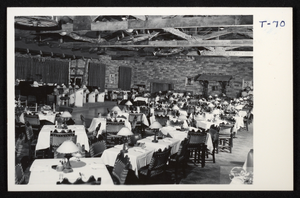
Postcard of El Rancho Vegas, Las Vegas, circa 1941-1960
Date
1941 to 1960
Archival Collection
Description
Photograph of the interior of El Rancho Vegas' dining room. This image was alternately identified by E. Patrick in 1982 as the Ramona Room in the Last Frontier.
Image
Pagination
Refine my results
Content Type
Creator or Contributor
Subject
Archival Collection
Digital Project
Resource Type
Year
Material Type
Place
Language
Records Classification


